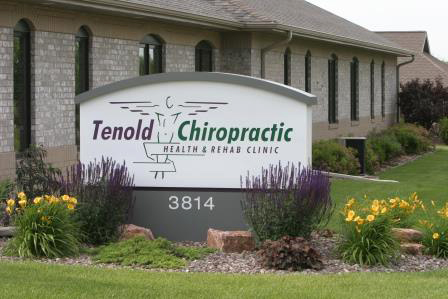Best Faith Based Rehabs Resources and Information Online for Carney MD
Home
Best Faith Based Rehabs Resources and Information Online for Carney MD. We have the best source for complete info and resources for Christian Drug Rehab on the web.
Consequently addicts trapped in their addictions take drugs to cope with painful issues stemming from fear, grief, guilt, physical or mental abuse, which if left untreated causes high-anxiety and depression and drug abuse to cope with emotional and physical duress. If, however, he lacks coping mechanisms—for instance, he may begin ruminating on his cravings (PATH 2)—then his efficacy for abstinence will decrease, his expectations of positive outcomes will increase, and he may experience a lapse—an isolated return to substance intoxication. Recovery is within your reach but don’t try to go it alone; it’s very easy to get discouraged and rationalize "just one more." Whether you choose to go to rehab, rely on self-help programs, get therapy, or take a self-directed treatment approach, support is essential. Chances are very strong they will survive the experience, even if you leave them there for quite a long time, and the reality of spending days or even weeks in jail may be just the hard slap they need.
Liquid meth, which often comes from Mexico, is becoming more and more prevalent throughout the state of Texas. The quickest way to access addiction rehab is through a private rehab clinic. Naltrexone cuts relapse risk during the first 3 months by about 36%.[9] However, it is far less effective in helping patients maintain abstinence or retaining them in the drug-treatment system (retention rates average 12% at 90 days for naltrexone, average 57% at 90 days for buprenorphine, average 61% at 90 days for methadone).[9] Ibogaine is a hallucinogenic drug promoted by certain fringe groups to interrupt both physical dependence and psychological craving to a broad range or drugs including narcotics, stimulants, alcohol and nicotine. Common signs and symptoms of drug addiction You’ve built up a drug tolerance. You need to use more of the drug to experience the same effects you used to attain with smaller amounts. On the off chance of alcohol or drug-related incident or problem, the National Suicide Prevention Line provides help in the drug associated matters of depression, anger, anxiety and suicidal impulsivity.
Right here are Some Even more Info on Female Christian Rehab

Much more Resources For Faith Based Recovery
Sometimes a person has been struggling for many years with depending a drug as a source of comfort or as a release. Also whenever addicts or anybody harbors unforgiveness towards others who have done them wrong it keeps them in an unhealthy state and without true freedom until we forgive others who have harmed us. Addiction hotlines work by Assessing the patient’s needs depending on the severity of his or her addiction Providing information about how treatment programs work Finding the “right†treatment center for the patient based on treatment needs, insurance, and other factors Providing guidance for family members of addicts who want to help their loved ones This is where the addiction hotlines come in.
More Resources For Christian Addiction Rehab
Rehabs differ by location, therapies offered, staff experience, amenities and more. However, studies show that faith-based treatment is actually highly effective. Hotlines generally focus on beating the many problems that you may encounter on your journey to sobriety, including intervention suggestions, help finding qualified counselors, or even helping addicts that call when they are under the influence. Christian drug rehab programs work much like rehab without a faith component, but in a Christian program, individuals will pair the power of faith with other healing modalities.
Below are Some More Information on Christian Addiction Rehab
It’s also important to routinely check potential hiding places for drugs—in backpacks, between books on a shelf, in DVD cases or make-up cases. Check with the state’s Department of Health and Social Services to verify certification. For more information on drug and alcohol addiction treatment that can help you get through your day contact DrugRehab.org.How do we talk to each other?  It’s one thing to tell somebody something they need to know, but it’s quite another story for them to hear you. How has your child’s addiction affected you and your family?Quit drugs for good —– Call 1-888-498-1045 for REAL help with drug addiction. The average stay is 30 days, but most addiction treatment facilities offer longer programs (60 days, 90 days or even longer).
Click Here for More Information
Previous Next
You may also like:
Best Free Christian Drug Rehab Centers Resources and Information Online for Revere MA
Best Christian Based Treatment Centers Resources and Information Online for Upper Arlington OH
Best Bible Drug Addiction Resources and Information Online for Waterford MI